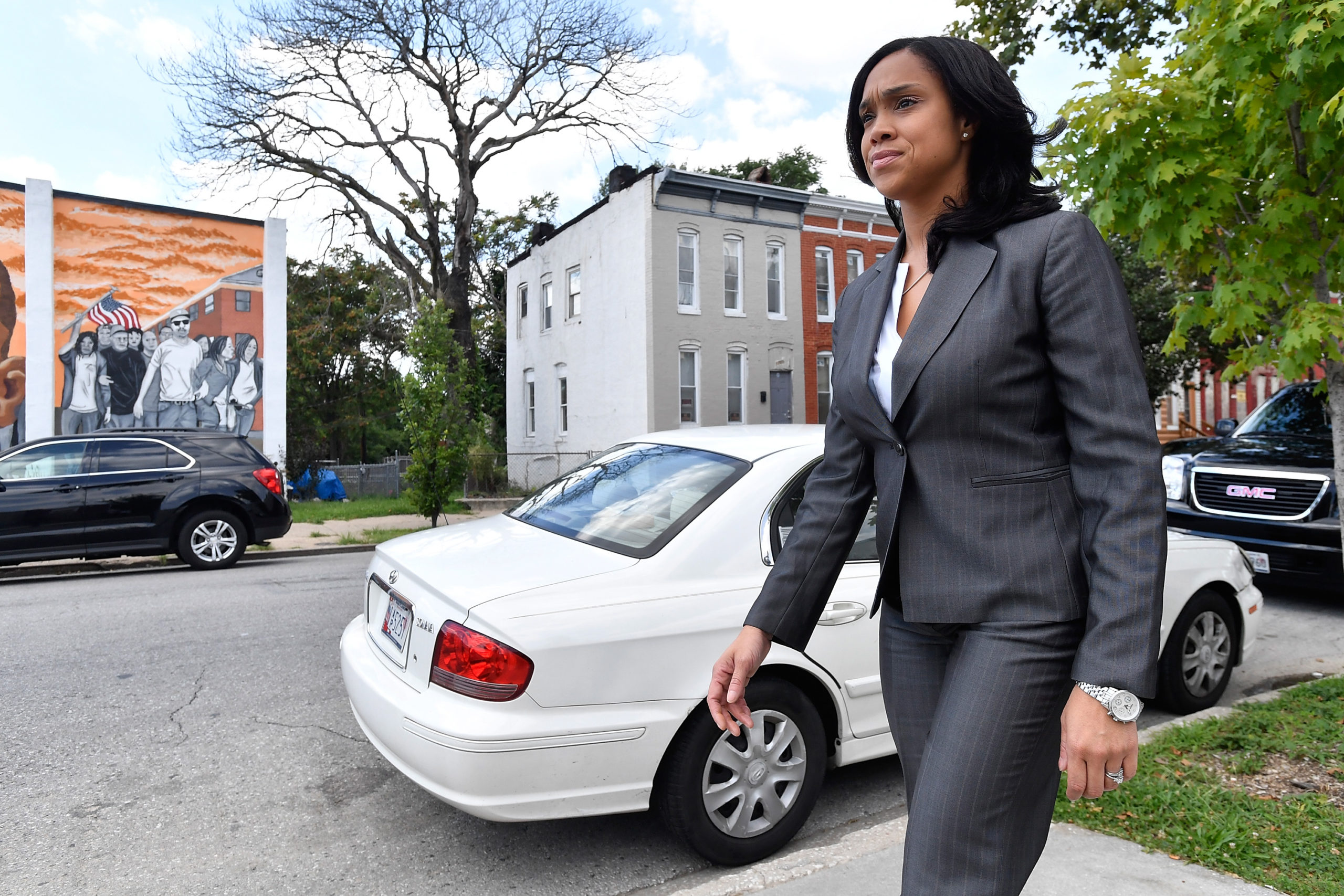Prosecutors Must Add Sentencing Review Units to Their Offices
Thousands of people are locked inside prisons serving sentences that would never be imposed today. Prosecutors can help right the wrongs of our past by establishing sentencing review units to review and correct extreme, disproportionate, and unjust sentences.

The Point
Thousands of people are locked inside prisons serving sentences that would never be imposed today. Prosecutors can help right the wrongs of our past by establishing sentencing review units to review and correct extreme, disproportionate, and unjust sentences.
Prosecutors play a role in sentencing; they must also play a role in sentencing review:
- Prosecutors must use their outsized role in sentencing decisions to help correct past sentences. Prosecutors have a significant say in the sentence someone receives. They can offer a sentence in exchange for a guilty plea. They can recommend a sentence after a person has been found guilty. And they can support or oppose someone’s request for a sentence reduction or parole.
- By establishing sentencing review units (sometimes called resentencing units), prosecutors can actively review and recommend sentencing reductions and releases for those who were subject to the “tough-on-crime” sentencing of yesterday. Such units are already in operation in Prince George’s County, Philadelphia, Seattle, San Francisco, Brooklyn, Baltimore, and Los Angeles.
- Sentencing review units can prioritize sentencing review for those who are elderly, medically vulnerable, serving life-without-parole sentences, were sentenced when they were minors, or demonstrate a long record of rehabilitation. Where racial disparities in sentencing exist for certain crimes, sentencing review units can address those disparities by advocating for the resentencing of Black and brown people who were more harshly sentenced than their white counterparts.
- Two-thirds of likely voters support legislation that allows for the re-examination of old sentences, and crime survivors overwhelmingly want to see rehabilitation prioritized over punishment.
Revisiting past sentences is a critical part of addressing our mass incarceration crisis:
- The prison population in the United States has increased 500% over the past 40 years, making the U.S. the country with the highest incarceration rate in the world. That increase is, in large part, the result of excessive prison sentences handed down during the draconian tough-on-crime era of the criminal legal system, which disproportionately harmed people of color. Black and Latinx people makeup 59% of the U.S. incarcerated population, despite only representing 29% of the U.S. population. Gang enhancements, three-strikes laws, and mandatory minimums contribute to racial disparities in sentencing.
- Making different decisions today is not enough. Baltimore State’s Attorney Marilyn Mosby and Los Angeles District Attorney George Gascón recently explained, “Our nation’s addiction to extreme sentencing—devoid of justification in public safety, mercy, or humanity—led to an explosion in the number of people behind bars. And yet, too often, once we gain this new wisdom, the people sentenced based on these collective mistakes are denied an opportunity to go home.”
- Experts believe that if we continue our current rates of decarceration, it will take 75 years to cut our current prison population in half. One way to speed that process up is to prioritize the review of extreme sentences and the release of those who received them.
Dive Deeper
- Resentencing Units Can Rectify, Rehabilitate, and Restore. A concerted effort to review, resentence, and release is the right thing to do for those who have been unjustly sentenced. It is also the right thing to do for our community.
- Reducing Excessive Prison Terms. The U.S. is a world-leader in incarceration, and the unprecedented number of people serving decades-long and life sentences is a major reason for America’s outlier status. In recent years, despite an emerging bipartisan consensus around the need for criminal justice reform, there has been insufficient action to address people serving lengthy sentences who no longer pose a serious risk to public safety.
- Justice in America Episode 3: Who Built Mass Incarceration? Prosecutors. Who has had the biggest impact on the growth of our incarceration system? It’s not the judge, the jury, or the legislator. It’s not the police, and it’s certainly not the president. It’s someone else—the prosecutor. Prosecutors are getting more attention now than ever, but many people still don’t know what they do.

